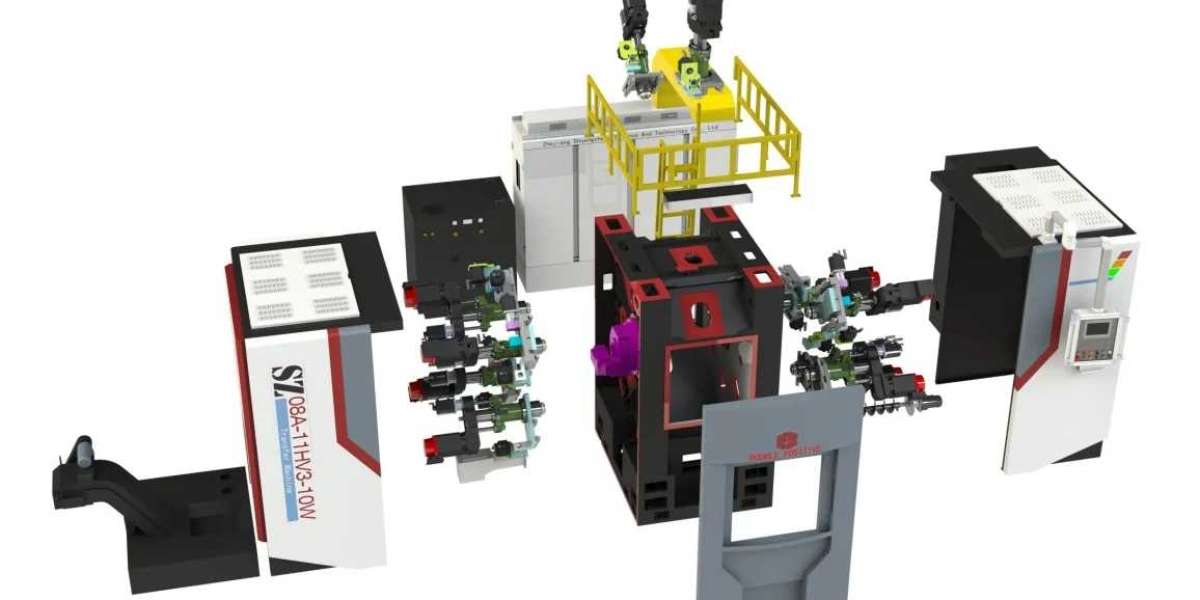Unlocking the Secrets of Your Conception Timeline: A Game Changer for Family Planning!
In today's fast-paced world, understanding your body and its cycles has never been more important, especially for those looking to start a family. A conception timeline is a personalized tool that can help couples navigate the often complex journey of family planning. With the rising interest in tailored family planning resources, many are turning to innovative tools that allow them to chart their fertility cycles. This understanding can empower couples, giving them insights into their fertile windows, ovulation patterns, and the overall mechanics of conception. Whether you're just starting to think about having children or are actively trying, grasping the concept of a conception timeline can be a game changer in your family planning approach.

Understanding the Conception Timeline
A conception timeline is essentially a personalized calendar that outlines the phases of a woman's menstrual cycle, including ovulation and fertile periods. This timeline helps couples pinpoint the most opportune times for conception. At the heart of this concept is the ovulation cycle, which typically occurs around 14 days before the start of the next menstrual period. During this phase, an egg is released from the ovaries, setting the stage for potential fertilization. Understanding the science of conception is crucial; sperm can live inside a woman's body for up to five days, which means that having intercourse in the days leading up to ovulation can significantly enhance the chances of conception. The fertile window, therefore, is generally considered to be about six days: five days before ovulation and the day of ovulation itself. This understanding is not only essential for couples trying to conceive but also for those who want to avoid pregnancy. By grasping the components that make up a conception timeline, couples can make informed decisions about their family planning efforts.
How a Conception Timeline Can Aid Family Planning
Utilizing a conception timeline can provide numerous benefits for couples on their journey to conceive. One of the primary advantages is optimizing the timing of intercourse. By identifying the fertile window, couples can schedule intimate moments around the days when conception is most likely to occur. Moreover, understanding one's cycles can bring clarity to the often confusing monthly rhythms of fertility. I remember when my friend Sarah was trying to conceive; she began tracking her cycle diligently using a conception timeline. This meticulous approach helped her better understand her body, leading to successful conception within a few months. Additionally, tracking ovulation can assist in identifying any irregularities in cycles, prompting couples to seek medical advice if necessary. Overall, a conception timeline is an invaluable resource that can help couples make data-driven decisions, enhance communication, and reduce the stress often associated with trying to conceive.
Using a Conception Timeline Calculator
Using a conception timeline calculator is relatively straightforward and can be done online or through various mobile applications designed for this purpose. To get started, users typically need to input several key pieces of information, including the length of their menstrual cycle and the date of their last period. Most cycles range from 21 to 35 days, and knowing your cycle length is crucial for accurate calculations. Once this information is entered, the calculator will estimate your ovulation date and outline your fertile window. Some calculators may also allow you to track additional factors, such as symptoms, mood changes, or basal body temperature, to provide a more comprehensive overview of your fertility trends. As you adjust your entries based on your experiences, the calculator can become even more personalized, helping you refine your timeline over time.
Limitations and Considerations
While conception timeline calculators are excellent tools for family planning, they do come with certain limitations. One major factor to consider is that not all menstrual cycles are regular; some women experience irregular cycles due to various health conditions or lifestyle factors, which can complicate predictions. Factors such as stress, hormonal imbalances, or medical issues can lead to significant variations in ovulation timing. Additionally, while calculators can provide estimates, they cannot account for every individual's unique physiology. It is always advisable for couples to consult healthcare professionals, especially if they have been trying to conceive for an extended period without success. A doctor can offer insights into potential underlying issues and recommend appropriate next steps. Thus, while conception timeline calculators are helpful, they should be used alongside professional guidance for the most effective family planning.
Empower Your Family Planning Journey
In summary, understanding and utilizing a conception timeline can be a transformative experience for couples looking to start a family. By grasping the key components of ovulation, the fertile window, and how to effectively use a conception timeline calculator, couples are better equipped to navigate their family planning journey. The personalized insights gained from tracking fertility cycles can lead to more informed decisions, reduced anxiety, and ultimately, greater success in conception efforts. Whether you are at the beginning of your journey or have been trying for some time, exploring the concept of a conception timeline can provide valuable clarity and direction as you take steps towards starting a family.


